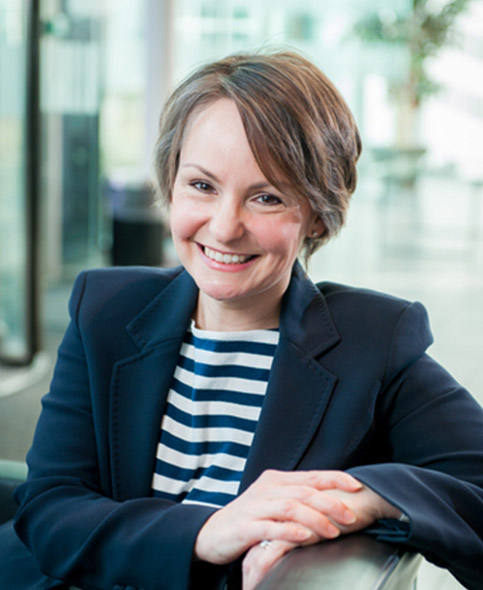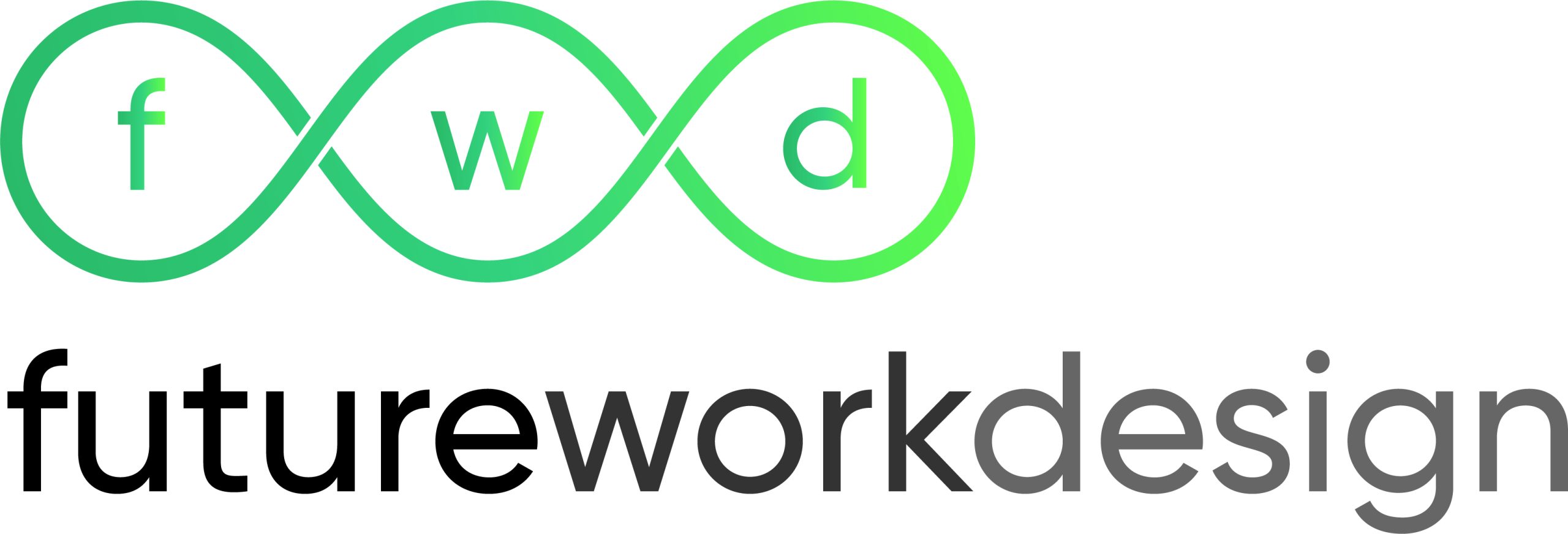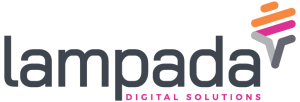There are many fantastic brains behind the Future Work Design project, which will be showcased in coming blogs. This blog focusses on Professor Fiona Earle, the project’s Technical Lead.
Fiona has vast expertise in the field of work and stress as well as working with organisations to understand stress risk.
Alongside Dr. Katie Cunnah, the pair designed the project aims, research questions and methods which underpin the project, enhancing the development and design of the management support tool which is the main focus of Phase 3.
Fiona explains the ambition of the FWD tool: “The ambition for this phase is to develop a digital support tool to guide and inform managers so that they can support their staff in ways which are psychologically well-informed. So, from a perspective of understanding work-related stress and using a structured risk assessment framework, managers can then guide conversations with team members to understand their stress risks. They can work collaboratively to both explore the risks and develop ways of controlling for and managing those risks.”

Fiona touches on key Phase 3 updates: “We have just completed the work packages that provide the foundation for our digital tool design. We wanted to find out what existing methods were out there for risk assessment and also whether any of these risk assessment methods have been used in any work and wellbeing context. We then selected from the range of possible existing methods to find a subset of approaches that matched the goals of the project. We trialled those methods with managers from our local authority partners to see how they found using each of the selected methods to discuss work-related stress. We’ve just come to the end of those work packages and are about to propose our tool design. It will be an amalgamation of our learnings from phases one and two, existing literature, and our experiences of trialling these methods in live workshops. So, we’re bringing all this together to develop a method which meets the needs of the managers in this local authority context. We’ll have the method ready by the end of this week and once we’ve trialled this new approach, we’ll be in a position to make decisions about the design of the digital tool.”
Fiona explained that the long-term vision for the tool is to provide support for managers who often want to help their team members but who may not necessarily know how best to do that. Fiona said, “My ambition is that it changes the nature of the conversation so that instead of being the responsibility of the individual team member to manage their own wellbeing, there’s an understanding that the organisation has a role to play. We hope this work will help organisations embed practices that tackle stress risks, as these should be part of the breadth of ways in which we look after the health of the workforce.”
In discussing the work currently being undertaken during Phase 3 of the project, Fiona provides some real insight into the development of the tool from a hands-on perspective with some exciting updates on the current discovery phase. We’re excited to see what comes next for the Future Work Design risk assessment tool. You can find out more about Future Work Design and about Phase 1 and Phase 2 on the Centre for Human Factors webpages.





